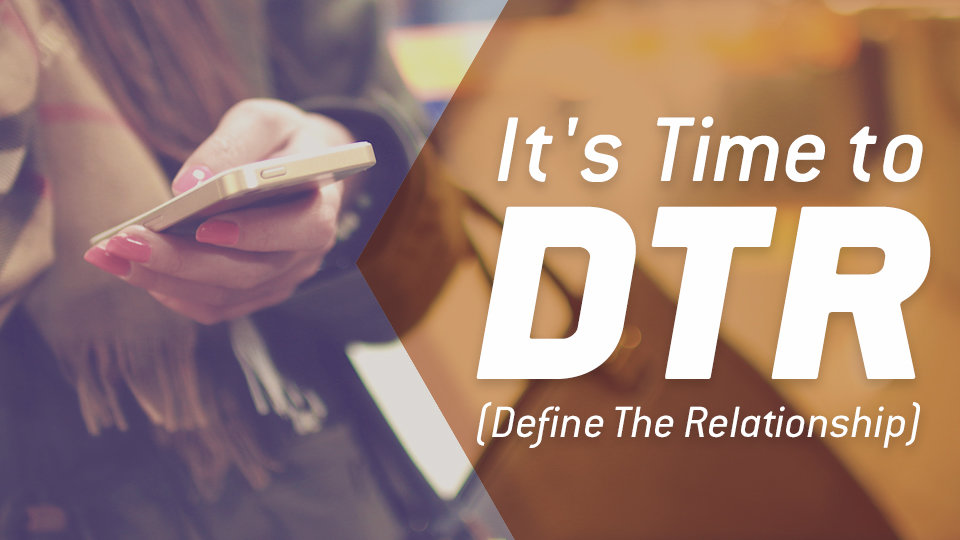Let’s DTR: How to Communicate with Your Subscribers
By Angelina Burkholder
DTR. Define the relationship. They're the words we all hate to hear. Cue sweaty hands and pounding hearts.
Before you run off, let me clarify something: we’re just talking about email marketing here today, not those awkward high school conversations that left us all wishing for a hole to disappear into. So come on back. Let’s chat.
You already know that the subscribers on your email list(s) are not all the same. Within your list, you have subscribers in many different stages of their relationship with you, your brand or your company. Yet how many of us actually segment and offer personalized communications to accommodate all of these different stages?
Consider this: you don’t talk your spouse the same way you talk to someone you just met, right? And your best friend of 10 years gets more personal info about your life than the person you just met in line while waiting for coffee, right?
The same should apply to your email subscriber list. Some people have just met you, some have known you for years. And when you talk to each group the same exact way, you’re destined to alienate someone eventually and possibly even offend them.
So friend, have you defined the relationship with your subscribers recently?
If not, the easiest place to start is with a survey. This will help you quickly figure out where people are in your customer/donor/follower cycle and how committed they are to you. Plus, by allowing people to self-select, you can be sure that your lists will contain quality contacts!
In your survey, ask people how often they’d like to be communicated to: twice a week, once a week, twice a month, monthly, etc. If you have different kinds of communications that you send out (news, resources, stories, etc.), then ask people what type of communications they’d like to receive. You can even ask people how long they’ve known you, what they want most from you, and what kind of industry they work in. These are all bits and pieces of information that can help you communicate smarter to your audience, thus adding more credibility to your name and your offers.
If you can incentivize the survey with a reward, you’ll get even more responses. For instance, enter everyone who completes the survey into a drawing for a free iPad. Or if you have an online store, give away store credit to a few lucky winners. Whatever the incentive that you can afford and makes the most sense for your audience, put it into play and watch the submissions roll in. People LOVE free stuff, period.
Once you have your submissions, spend some time analyzing the results. Dive into the data and figure out what people want. Don’t JUST change your overall content strategy, but actually segment the users who responded to start communicating to them smarter. For example, you could segment based on how long people have known you, what type of content they want or what kind of communication frequency they desire from you. And then tailor your content and communication strategy for each segment to make those people feel heard and seen.
The people who don’t respond? Send them a reminder email to complete the survey the day before it expires. If they submit a response, segment them accordingly. If they don’t respond, keep them in a separate list and maintain normal communication with them based off your revised content strategy.
Armed with this information, you can start treating your subscribers with a little more respect, thus building trust with them and lengthening their relationship with you. More trust = better, more faithful subscribers = more conversions. It’s that simple.














